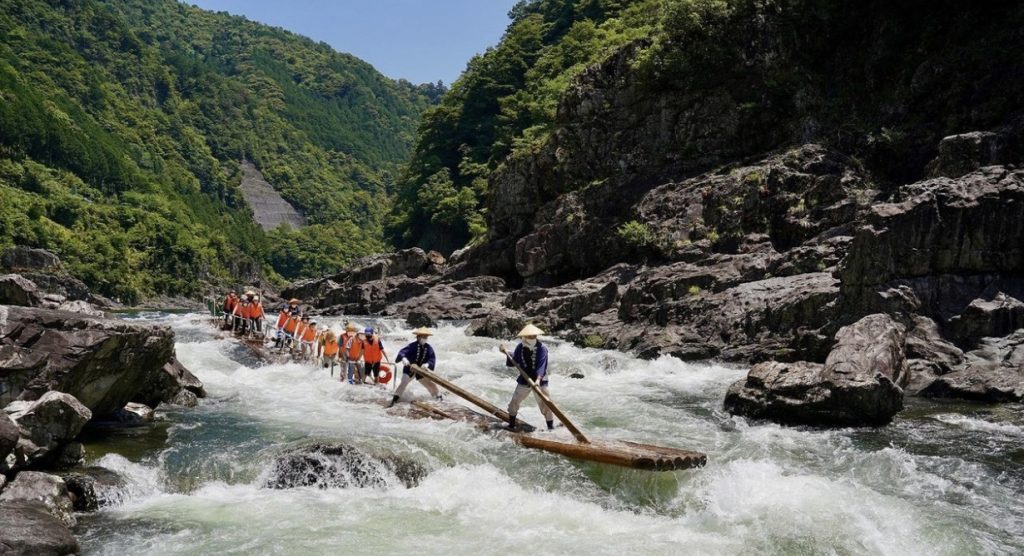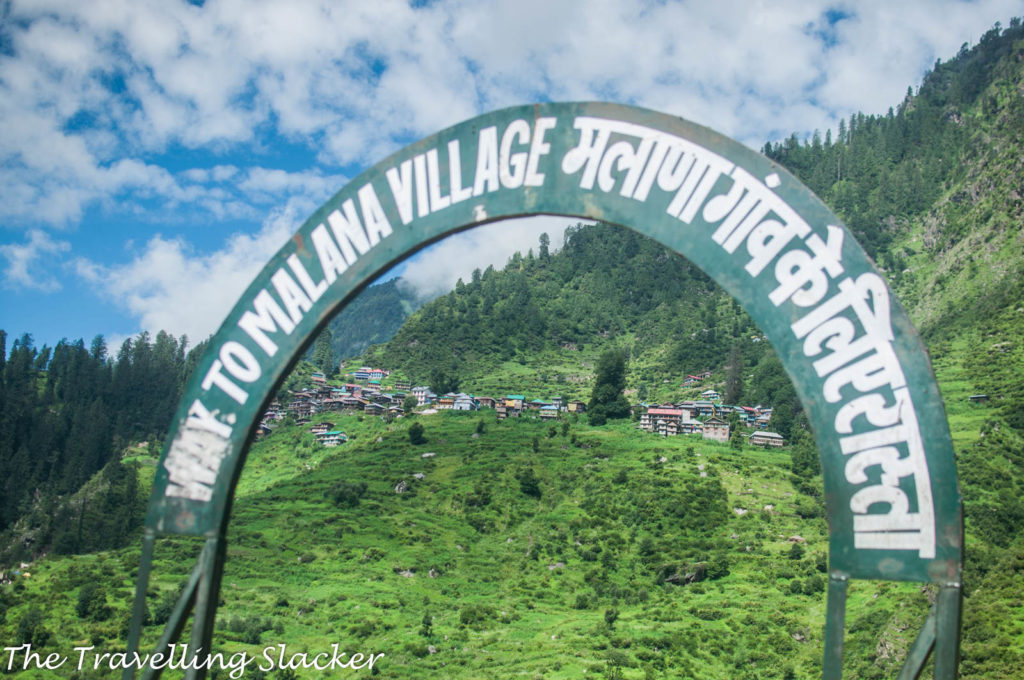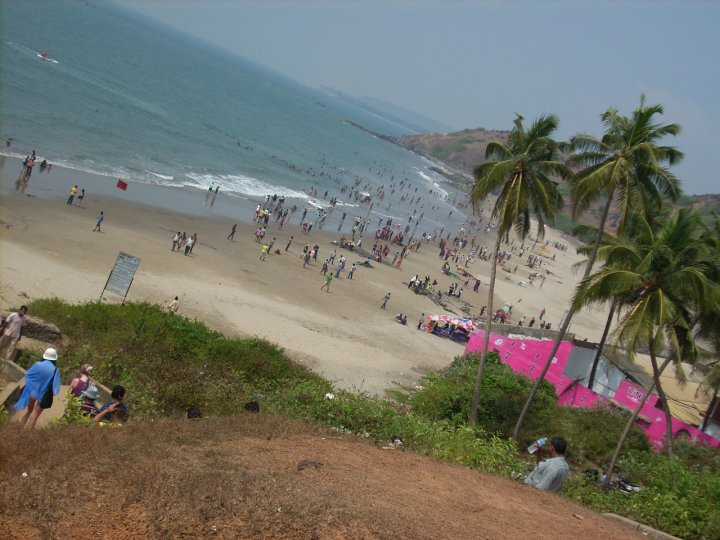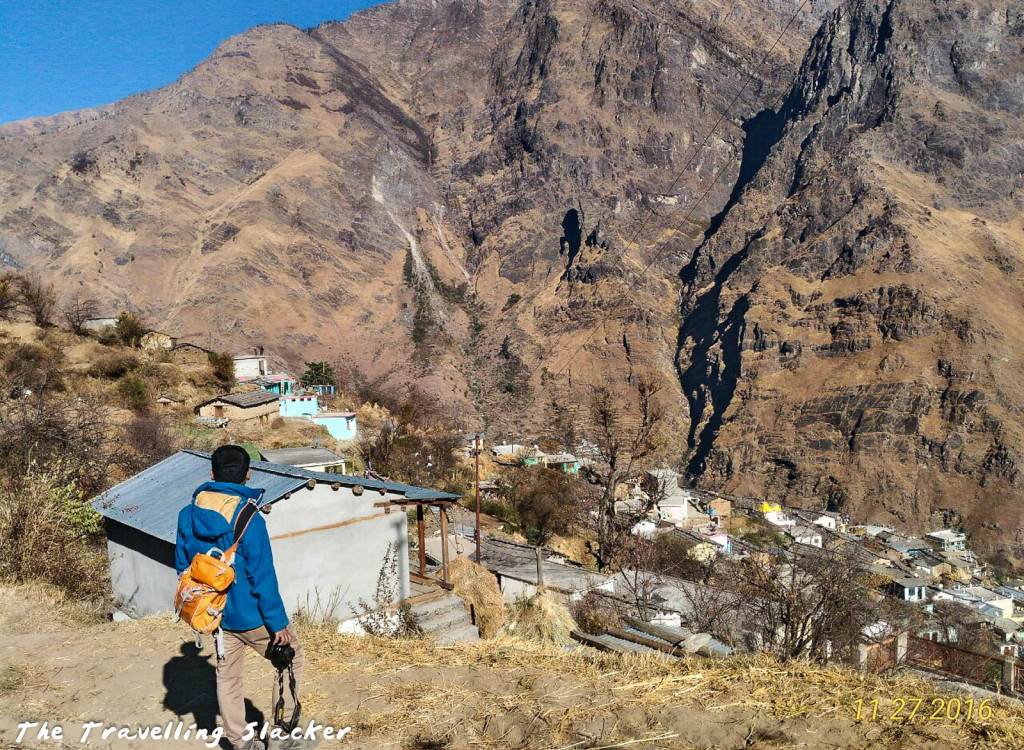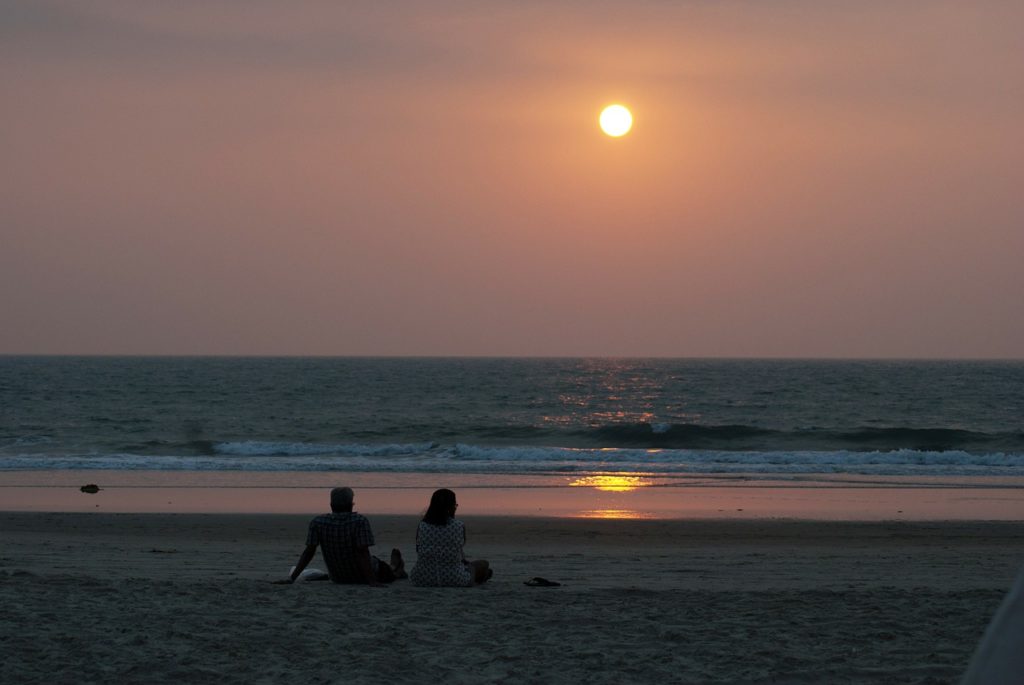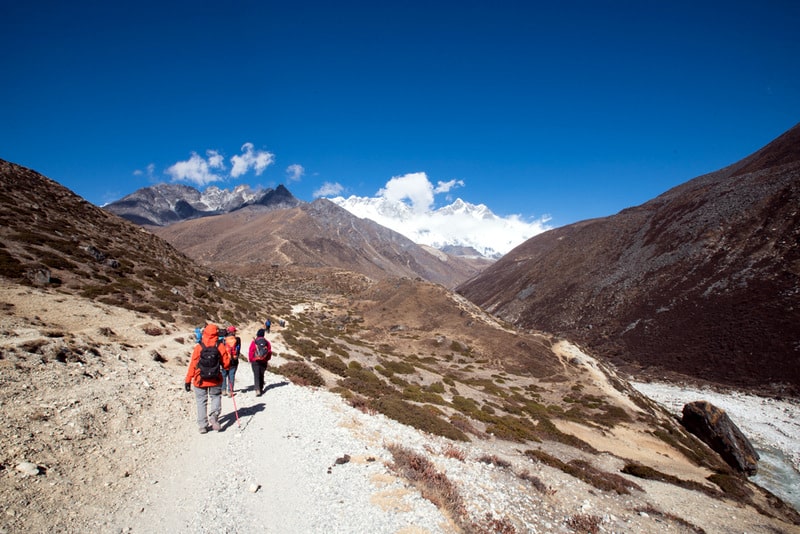In recent years, a new form of tourism has gained momentum across Asia — one that combines exploration with physical challenge. Sports-driven travel brings together the thrill of competition and the allure of discovery, attracting travelers who wish to immerse themselves in dynamic, active environments. From mountain treks in Nepal to surf retreats in Indonesia, Asia’s geography and cultural diversity make it an increasingly prominent destination for those seeking travel experiences centered on movement, endurance, and athletic engagement.
The digital age has made this kind of travel more accessible than ever. Online platforms and tools such as the 1xbet app have broadened global awareness of sporting events, schedules, and destinations, enabling travelers to plan their itineraries around major competitions and local athletic traditions. These digital ecosystems reflect how closely technology, travel, and sport have become interwoven in shaping modern tourism trends across the continent.
Asia’s Geographical Diversity: A Playground for Every Athlete
Asia’s immense geographical range is one of its strongest appeals for sports enthusiasts. From snow-covered mountain ranges to tropical islands and vast desert landscapes, the continent provides an unmatched variety of terrains for different kinds of physical activity.
In the Himalayan region, trekking and mountaineering dominate the landscape. Countries such as Nepal, India, and Bhutan offer trails that vary from moderate hikes to demanding expeditions on some of the world’s highest peaks. These routes not only challenge physical endurance but also provide insight into regional cultures, monasteries, and ecosystems.
Meanwhile, Southeast Asia has positioned itself as a center for water-based sports. The coasts of Thailand, Indonesia, and the Philippines are popular for surfing, diving, and kiteboarding. Many destinations, such as Bali and Siargao, have evolved from local beach towns into internationally recognized hubs for aquatic adventure, fostering both local economies and global sporting communities.
In contrast, the deserts of Central Asia, including Kazakhstan’s steppes and Mongolia’s vast plains, have given rise to horseback expeditions and endurance rallies. These activities emphasize both tradition and stamina, drawing participants from around the world to test their limits under extreme natural conditions.
Urban Sports Tourism: Marathons, Cycling, and Fitness Events
Beyond nature, Asia’s rapidly expanding urban centers have also become active participants in the rise of sports-driven travel. Major cities such as Tokyo, Bangkok, Singapore, and Seoul regularly host international marathons and triathlons that attract thousands of participants and spectators.
The Tokyo Marathon, for example, has become one of the world’s premier long-distance running events, combining athletic challenge with cultural immersion. Similarly, the Bangkok Triathlon offers a unique perspective on urban and rural Thailand, as participants swim through canals, cycle across city roads, and run along historic routes.
Cycling tourism has also seen a notable rise. Countries like Vietnam, Malaysia, and Taiwan are promoting long-distance cycling routes that highlight scenic countryside and historical landmarks. Taiwan’s “Round Island Route” has gained particular attention for its combination of modern infrastructure and natural beauty.
Fitness-based tourism, including yoga retreats, wellness camps, and outdoor bootcamps, has become a complementary trend. These experiences often merge physical conditioning with relaxation and mindfulness, aligning with broader global movements toward holistic health and self-care.
Traditional and Indigenous Sports as Cultural Gateways
Sports-driven travel in Asia is not limited to modern competitions. Many travelers are increasingly drawn to traditional and indigenous athletic practices that reflect centuries of cultural heritage.
In India, visitors may encounter kabaddi or kushti — traditional forms of wrestling that embody strength, discipline, and spirituality. Similarly, in Japan, martial arts such as judo, karate, and kendo attract practitioners from around the world who come to train in historical dojos and learn from masters.
The Philippines has seen renewed interest in arnis, its national martial art, while Thailand’s muay thai continues to attract both fighters and tourists seeking authentic immersion in the sport’s cultural roots. These experiences not only highlight athleticism but also provide insight into local philosophies and community structures.
Elsewhere, indigenous sports festivals such as the Naadam Festival in Mongolia — featuring wrestling, horse racing, and archery — draw thousands of visitors each year. These events celebrate tradition and continuity, offering travelers a living connection to the past through physical performance.
The Rise of Adventure Infrastructure and Sports Tourism Policies
Asian governments have begun to recognize the economic and cultural value of sports tourism. As a result, significant investment has been directed toward infrastructure, event organization, and international partnerships.
In China, large-scale sporting facilities have been developed in cities like Beijing, Guangzhou, and Shanghai, enabling the country to host global competitions in multiple disciplines. The 2022 Winter Olympics further solidified China’s role as a year-round destination for both winter and summer sports.
India has expanded its focus on promoting adventure tourism through initiatives that develop safe trekking routes, ski resorts, and river-rafting destinations. States such as Uttarakhand, Himachal Pradesh, and Sikkim have become focal points for eco-friendly adventure travel.
Southeast Asian nations like Vietnam, Indonesia, and Malaysia have pursued a balance between development and environmental conservation, investing in infrastructure that supports both tourism and sustainability. Eco-resorts and green-certified sports facilities are becoming more common, aligning physical adventure with ecological awareness.
| Country | Key Sports Tourism Development | Focus Area |
| China | Olympic-level venues and winter sports | Year-round sporting infrastructure |
| India | River rafting, trekking, and mountaineering | Eco-adventure tourism |
| Thailand | Muay Thai camps, triathlons | Cultural and endurance sports |
| Japan | Martial arts, baseball, cycling | Traditional and modern integration |
| Indonesia | Surfing and diving hubs | Coastal and marine sports |
Asia’s Emerging Sports Hubs
Certain regions are emerging as specialized sports destinations in their own right. For instance:
- Bali (Indonesia) has transitioned from a surf paradise into a full-fledged sports tourism hub, offering yoga retreats, marathons, and international competitions.
- Pokhara (Nepal) and Leh (India) have become synonymous with paragliding and high-altitude adventure.
- Chiang Mai (Thailand) has attracted attention for its growing community of endurance athletes, with mountain biking and trail running becoming local mainstays.
- Dubai and Abu Dhabi, though located in West Asia, have invested heavily in luxury sports tourism, hosting global tennis, golf, and motorsport events.
Each of these destinations showcases how sports have become integral to tourism economies, shaping local industries while providing travelers with diverse and structured experiences.
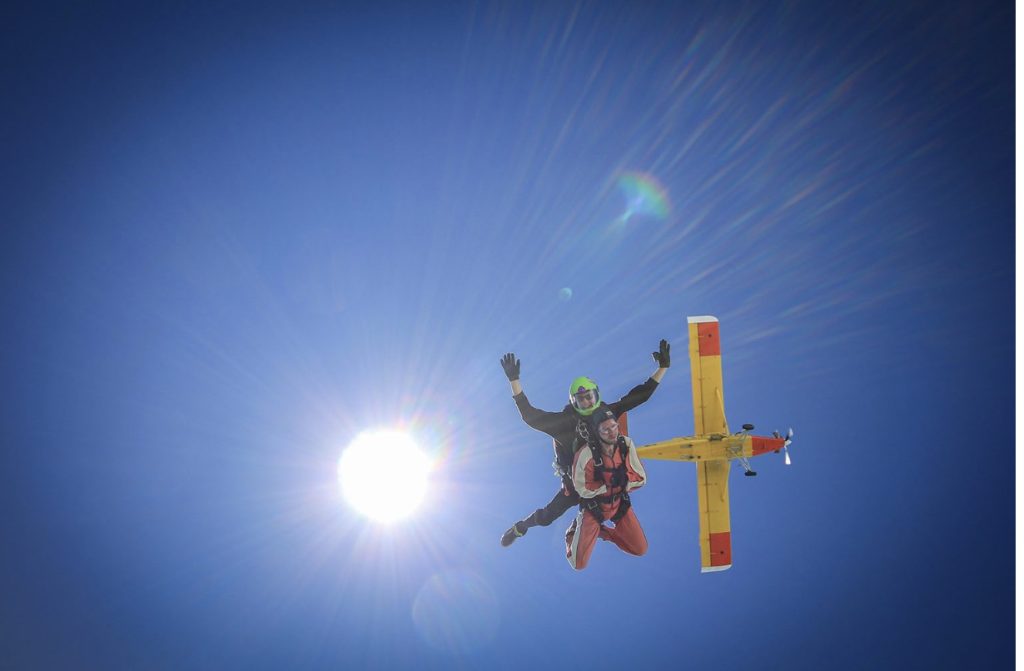
The Environmental and Ethical Dimensions of Sports Travel
The rise of sports-driven tourism has brought attention to sustainability and ethical practices. The physical impact of large-scale sporting events, increased travel, and infrastructure development can strain local ecosystems if not managed responsibly.
Many countries are responding with eco-certification programs, emphasizing reduced waste, water conservation, and local sourcing of materials. Community-based tourism initiatives also ensure that local populations benefit economically and socially from visiting athletes and travelers.
Ethical participation extends to cultural sensitivity. Travelers engaging with traditional sports or visiting rural areas are encouraged to approach such experiences with respect and awareness, recognizing the local significance of each activity.
The Future of Sports-Driven Travel in Asia
As Asia continues to urbanize and digitize, the intersection of sports, technology, and travel is expected to deepen. Mobile platforms, live data sharing, and global event networks are allowing travelers to connect with local activities even before they arrive.
Furthermore, the growth of sports academies, youth programs, and international competitions indicates that the continent’s investment in physical culture is long-term. Sports tourism not only boosts economies but also fosters international cooperation, education, and cross-cultural understanding.
For travelers, the continued evolution of this sector means that Asia will remain one of the world’s most dynamic regions for combining athletic pursuit with exploration. Whether through mountain trails, martial arts traditions, or modern urban events, sports-driven travel offers an authentic lens into how Asia moves — both physically and culturally.
Conclusion: Movement as a Cultural Exchange
The rise of sports-driven travel in Asia highlights a deeper truth about movement and connection. Sports, whether traditional or modern, individual or collective, have become a medium through which people experience the continent’s diversity.
From Himalayan treks to Southeast Asian surf schools, each journey reflects an intersection of geography, history, and human resilience. As this form of tourism matures, its success will depend on maintaining balance — between thrill and respect, development and sustainability, competition and community.
In that balance lies the real story of how Asia, through sport and travel, continues to redefine what it means to explore the world through motion.

